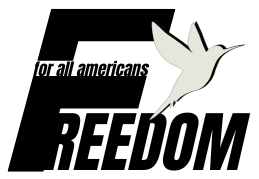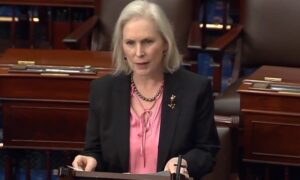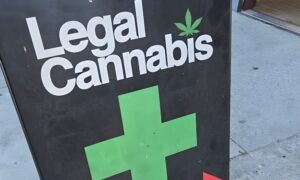Most people assume a “small loan” is just a few hundred bucks to patch a short-term gap. In reality, what counts as “small” in lending depends entirely on who’s lending, what kind of loan it is, and where you live. One lender’s pocket change might be another’s full-blown credit product.
There’s no single national definition of a “small loan.” Federal regulators, state laws, and financial institutions all use their own standards.
Some programs cap out at 500 dollars, others stretch to 50,000. The gap is wide because the loans themselves serve very different purposes: emergency cash, personal expenses, or small-business capital.
We prepared a full breakdown of what small loans actually mean in practice, and how high you can realistically go depending on the type. Let’s get started.
Table of Contents
ToggleHighlights
- No national definition for “small loan”; limits vary by loan type and lender.
- Regulatory small-dollar loans cap around $1,000–$2,500.
- Personal loans usually reach $40,000–$50,000, up to $100,000 for top borrowers.
- SBA microloans max out at $50,000, while payday loans typically stop at $500.
What “Small Loan” Usually Means in Practice

No law in the United States sets a single cutoff point for what qualifies as a small loan. The term “small-dollar loan” is more commonly used by regulators and researchers.
Here’s how major institutions define the range:
- Federal Reserve (2024) – describes small-dollar loans as personal loans with limits of 1,000 dollars or less.
- FDIC Small-Dollar Loan Pilot – examined bank loans up to 1,000 dollars, plus “nearly small-dollar” loans of 1,000 to 2,500 dollars.
- National Credit Union Administration (NCUA) – sets specific rules for small payday-alternative loans up to 2,000 dollars.
- Consumer finance market – generally labels anything up to 50,000 dollars as a personal loan, though a few lenders go higher.
To make sense of the range, it helps to group small loans into four working categories:
| Category | Amount Range | Example Use |
| Very small loans | Up to $1,000 | Emergencies, cash shortfall |
| Small personal loans | $1,000–$10,000 | Medical bills, car repairs |
| Upper-end personal loans | $10,000–$50,000 | Home projects, debt consolidation |
| Small business microloans | Up to $50,000 | Business startup or working capital |
Maximum Loan Amounts by Category
Different loan types come with built-in ceilings. The following table shows what you’ll typically see advertised in the US market.
| Loan Type | Typical Range | Practical Maximum |
| Bank or online unsecured personal loan | $1,000–$50,000 | $100,000 (rare) |
| Bank “small-dollar” consumer loan | $200–$2,500 | Around $2,500 |
| Credit union Payday Alternative Loan I | $200–$1,000 | $1,000 |
| Credit union Payday Alternative Loan II | Up to $2,000 | $2,000 |
| Payday loan (state-regulated) | Often up to $500–$1,000 | Usually $500 |
| SBA microloan (business) | $500–$50,000 | $50,000 |
| Other SBA loans (7(a), 504) | Up to $5 million | $5.5 million (not small for consumers) |
There’s no single “maximum small loan” amount in the country. Each product sets its own limits through either regulation or business policy.
Unsecured Personal Loans from Banks and Online Lenders
Unsecured personal loans are the mainstay of modern borrowing: no collateral, quick approval, and flexible use.
Banks and online lenders dominate this space, offering some of the highest maximum loan amounts available to consumers.
Typical Maximum Amounts
Personal loans are the most flexible and widely available form of unsecured borrowing. Federal Reserve data shows personal loans represent a significant portion of non-revolving credit, totaling hundreds of billions nationwide.
Most lenders offer:
- Common maximums around $50,000
- Some extend to $100,000 for top-tier borrowers
- Entry-level amounts are around $1,000–$2,000
A borrower with excellent credit, stable income, and low existing debt may be approved for higher limits, while average borrowers stay closer to the $30,000–$40,000 range.
What Actually Caps Your Personal Loan Size
Even if a lender lists a $100,000 maximum, only a small slice of borrowers will qualify. The amount depends on the underwriting formulas that evaluate:
- Credit score and history – the higher, the better your ceiling
- Debt-to-income ratio (DTI) – determines how much payment capacity remains
- Income documentation – higher, stable income increases your approved limit
- Employment stability – long-term employment favors larger loans
- Existing relationship – established customers sometimes get better terms
Most lenders also impose minimum loan amounts of $1,000 or $3,000, which effectively excludes smaller requests from their main personal loan channel.
If you want to borrow a few hundred dollars, you’re usually pushed toward credit cards or short-term installment products instead.
On the other hand, if your goal is to buy a reliable used car, platforms such as Rolls Auto often work with lenders who provide flexible small personal loans for vehicle purchases.
Bank and Credit Union Small-Dollar Loans

After years of criticism over payday lending, regulators encouraged banks and credit unions to create safer small-dollar products.
Regulatory View of Small-Dollar Lending
Key federal guidance:
- 2020 Interagency Lending Principles – encouraged banks to offer short-term credit responsibly, without defining a specific dollar cap.
- FDIC Pilot Program – centered around loans up to $1,000, and “nearly small-dollar” loans under $2,500.
- Federal Reserve Notes (2024) – still reference $1,000 or less as the defining feature of small-dollar credit.
Banks that follow this model generally offer:
- Loan amounts from $200–$2,500
- Repayment terms from 3 to 12 months
- Fully amortizing schedules, no balloon payments
They serve borrowers who need quick, small-scale access to cash without resorting to high-cost payday loans.
So, in practice, the ceiling for most bank “small-dollar” loans sits below $2,500.
Credit Union Payday Alternative Loans (PALs)
Credit unions, supervised by the NCUA, have their own two-tier system of payday alternatives.
| Program | Loan Range | Maximum Term |
| PAL I | $200–$1,000 | 6 months |
| PAL II | Up to $2,000 | 12 months |
Credit unions can’t issue more than one PAL to the same borrower at a time and limit members to three in any six-month period.
There’s also a legal interest rate cap of 18 percent on most federal credit union loans. While that doesn’t affect the maximum amount directly, it shapes affordability and loan design.
Payday Loans and State-Level Maximums
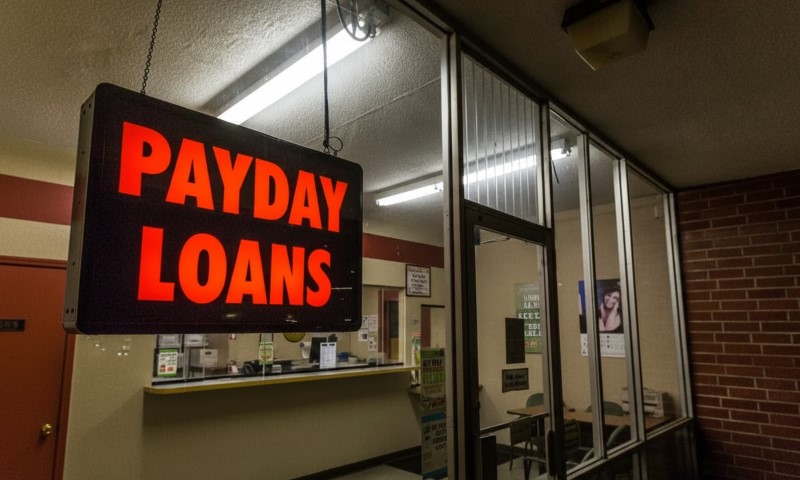
Payday loans are the most controversial form of small credit. They’re marketed as quick fixes for emergencies but often carry steep costs and strict state rules.
Typical Size Caps for Payday Loans
State law controls how big a payday loan can be. The Consumer Financial Protection Bureau reports that:
- Most states cap payday loan amounts at $500
- Some states allow up to $1,000
- Others ban payday lending entirely
Examples
- Certain states allow a borrower to hold two loans totaling no more than $600 combined.
- In states that prohibit payday lending, the legal maximum drops to zero, meaning the product doesn’t exist.
How the Maximum Interacts with Fees
Payday loan limits refer only to the principal. Fees stack on top. For instance:
- A $500 loan could carry $15–$20 in fees per $100 borrowed
- That means you pay $75–$100 in fees for just two weeks
So even though the principal is small, the costs balloon fast.
The practical takeaway: payday loans rarely exceed $1,000, and the real problem is cost, not size.
Small Business Microloans and SBA Programs
When people mention “small loans” for business, they usually mean SBA-backed microloans or small 7(a) loans.
SBA Microloans
The Small Business Administration (SBA) microloan program provides the clearest example of an official maximum.
- Maximum microloan amount: $50,000
- Average size: about $13,000
- Intermediary lenders: nonprofit organizations approved by the SBA
- Use of funds: working capital, inventory, supplies, or equipment (not real estate or debt repayment)
That $50,000 cap is a hard limit. No lender under the program can exceed it.
Small SBA Loans in Larger Programs
The SBA also runs broader programs like 7(a) and 504 loans with far higher limits:
| SBA Program | Loan Cap | Notes |
| SBA 7(a) | $5 million | general-purpose business financing |
| SBA 504 | $5 million (up to $5.5M for some projects) | for fixed assets like property or equipment |
While regulators may internally define “small” loans within these programs as $350,000 or less, that’s a bureaucratic distinction, not a consumer-facing one.
For ordinary entrepreneurs, the real “small business loan” ceiling sits firmly at $50,000 under the SBA microloan program.
How Lenders Decide Where to Stop
Even with advertised maximums, lenders tailor offers based on the borrower’s profile and the product’s rules.
Borrower-Level Constraints
Three key metrics shape how much money you actually get:
1. Debt-to-Income Ratio (DTI)
Most lenders limit DTI to a certain percentage, often 35–45 percent. If your existing debt eats up too much income, your new loan offer shrinks.
2. Credit Score and History
Low or thin credit means smaller offers and higher rates. Strong credit can push you toward the top of the product’s range.
3. Repayment Capacity and Stability
Steady income, verified employment, or consistent cash flow signals reliability. Self-employed or gig workers may see lower maximums because their income fluctuates.
Product-Level Constraints
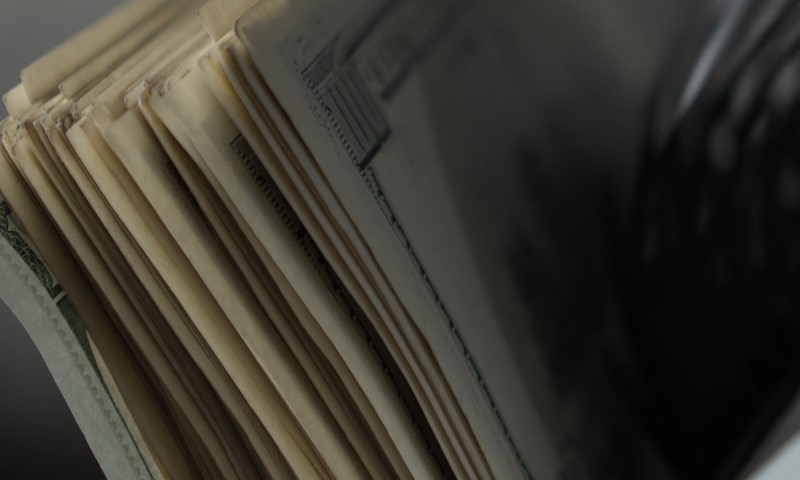
Some loan caps are hard-coded into law or program rules:
| Product | Limit Type | Maximum |
| Personal loans | Lender policy | $50,000–$100,000 |
| Bank small-dollar loans | Regulatory guidance | $2,500 |
| Credit union PALs | Federal cap | $1,000–$2,000 |
| Payday loans | State statute | $300–$1,000 |
| SBA microloan | Program rule | $50,000 |
These structural ceilings matter more than individual negotiation or preference. No matter your credit score, you can’t exceed the program’s legal maximum.
Practical Ranges for Common Situations
It helps to translate the data into real scenarios.
Short-Term Emergency Cash
When you’re short before payday or need to cover an unexpected bill:
Products
- Payday loans (where legal)
- Credit union PALs
- Bank small-dollar installment loans
Realistic Maximums
- Payday: ~$500
- PAL I: $1,000
- PAL II: $2,000
- Bank installment loan: up to $2,500
So for a quick, unsecured emergency loan, $2,500 is about as high as it goes.
Mid-Size Consumer Needs

For medical bills, moving costs, or home repairs:
Products
- Personal loans from banks or online lenders
- Credit cards or balance transfers
Realistic Maximums
- 10,000–30,000 dollars for borrowers with average to strong credit
- 50,000 dollars as the standard product ceiling
- 100,000 dollars available only to top-tier applicants
For most people, the practical maximum personal loan sits between 30,000 and 50,000 dollars.
Small Business Working Capital
For starting or expanding a small business:
Products
- SBA microloans
- Local microloan programs
- Smaller SBA 7(a) loans
Realistic Maximums
- SBA microloan: 50,000 dollars (absolute cap)
- Average disbursement: roughly 13,000 dollars
That 50,000-dollar limit marks the outer edge of what regulators and lenders still consider “small” in the business context.
Examples
To illustrate how the ceilings apply:
- A teacher using a credit union PAL for car repairs might borrow $1,000 for six months.
- A homeowner consolidating credit cards might take a $25,000 unsecured personal loan over five years.
- A startup owner could secure a $30,000 SBA microloan to buy equipment.
- A warehouse worker might get a $400 payday loan if no other credit option exists in their state.
Each case fits the “small loan” category in its own context, even though the amounts vary drastically.
How Credit, Income, and Rules Intersect
The biggest mistake borrowers make is assuming the product maximum equals what they can personally receive. In reality, the lender algorithm trims that number down quickly.
- If you earn $40,000 per year and have moderate debt, your approved personal loan might land around $10,000–$15,000, even if the lender advertises up to $50,000.
- A borrower earning $100,000 with strong credit might see offers approaching the upper range.
- Small-dollar products under $2,500 don’t use such flexible underwriting because their limits are fixed by regulation.
State law can also act as the final barrier, particularly for payday loans and short-term credit. Even the most qualified borrower can’t borrow more than the statutory cap.
Key Takeaways on Maximum “Small Loan” Amounts in the US
Condensed summary:
- No national limit: “Small loan” means different things across products and programs.
- Regulatory small-dollar loans: typically cap around $1,000–$2,500.
- Personal loans: usually top out at $40,000–$50,000, occasionally $100,000.
- Credit union PALs: hard-capped at $1,000 (PAL I) and $2,000 (PAL II).
- Payday loans: state-regulated, often limited to $500.
- SBA microloans: capped at $50,000, average about $13,000.
So the range of what counts as a “small loan” stretches from a few hundred dollars to tens of thousands, depending entirely on who’s lending and for what purpose.
If you’re applying for a personal or business loan, the headline maximums tell only part of the story. The real ceiling is determined by your credit, income, and the rules of the program you’re in.
In practical terms, “small” means anywhere from $500 for payday products up to $50,000 for SBA microloans or top-tier personal loans. Anything beyond that leaves the small-loan territory behind and enters traditional financing.
